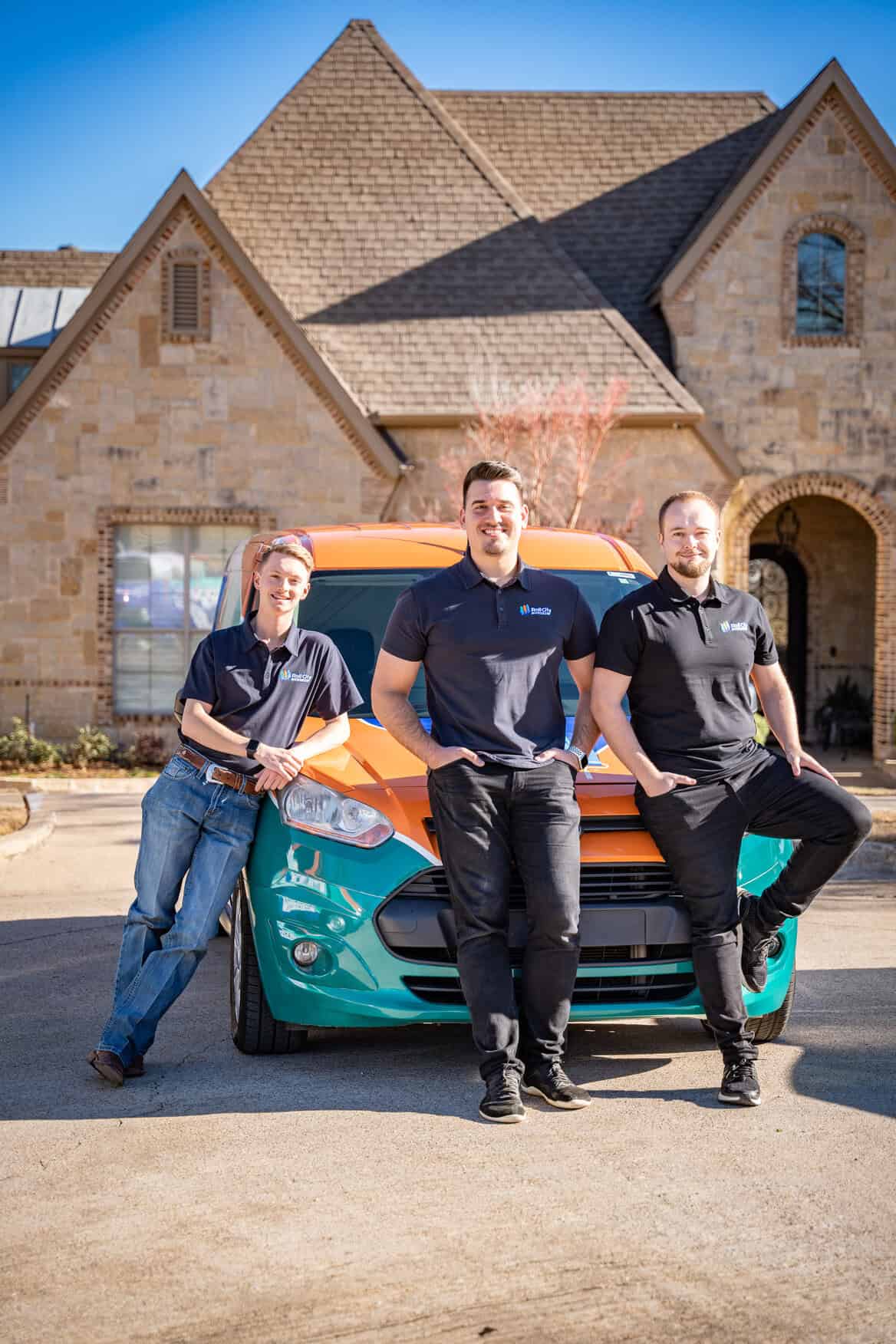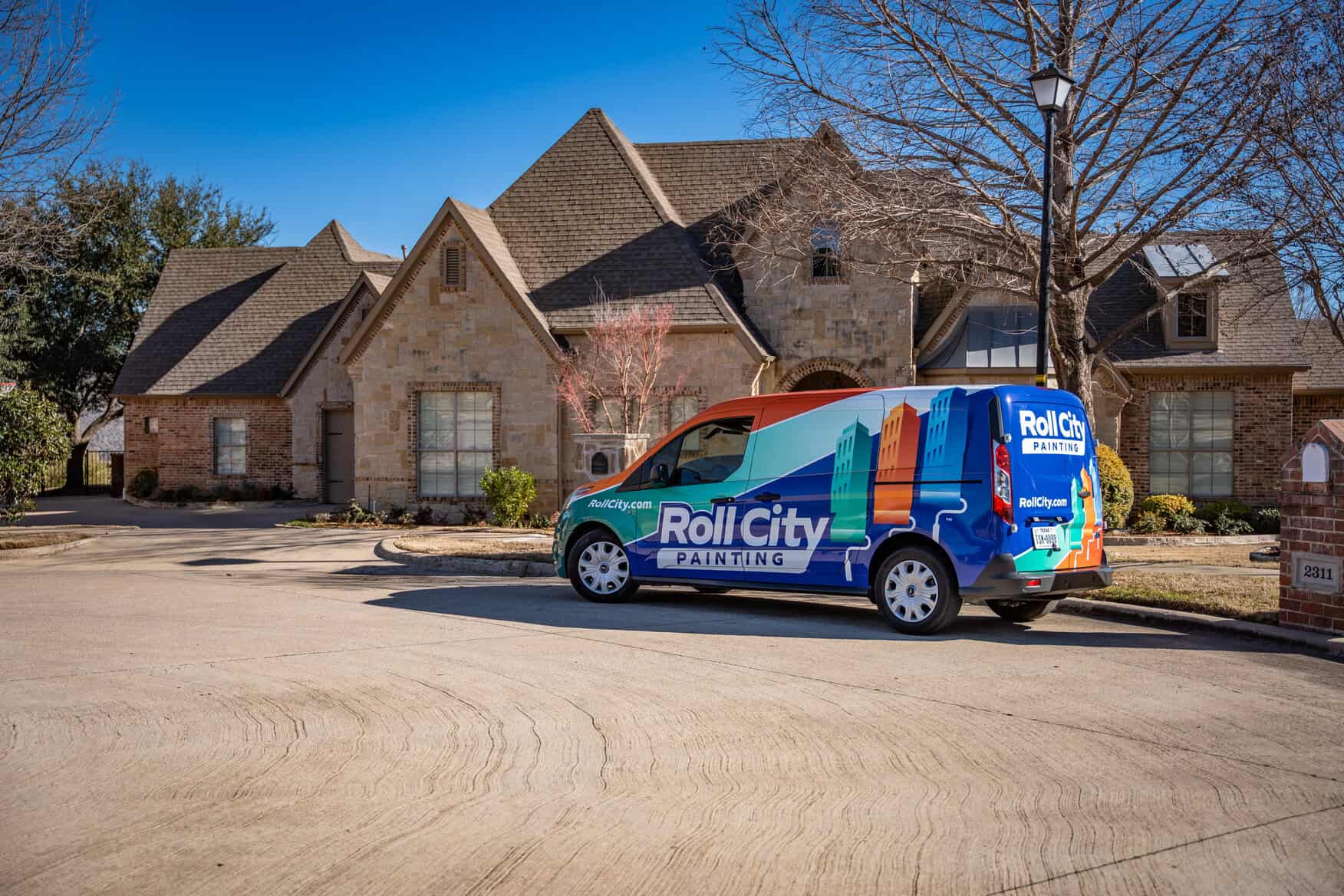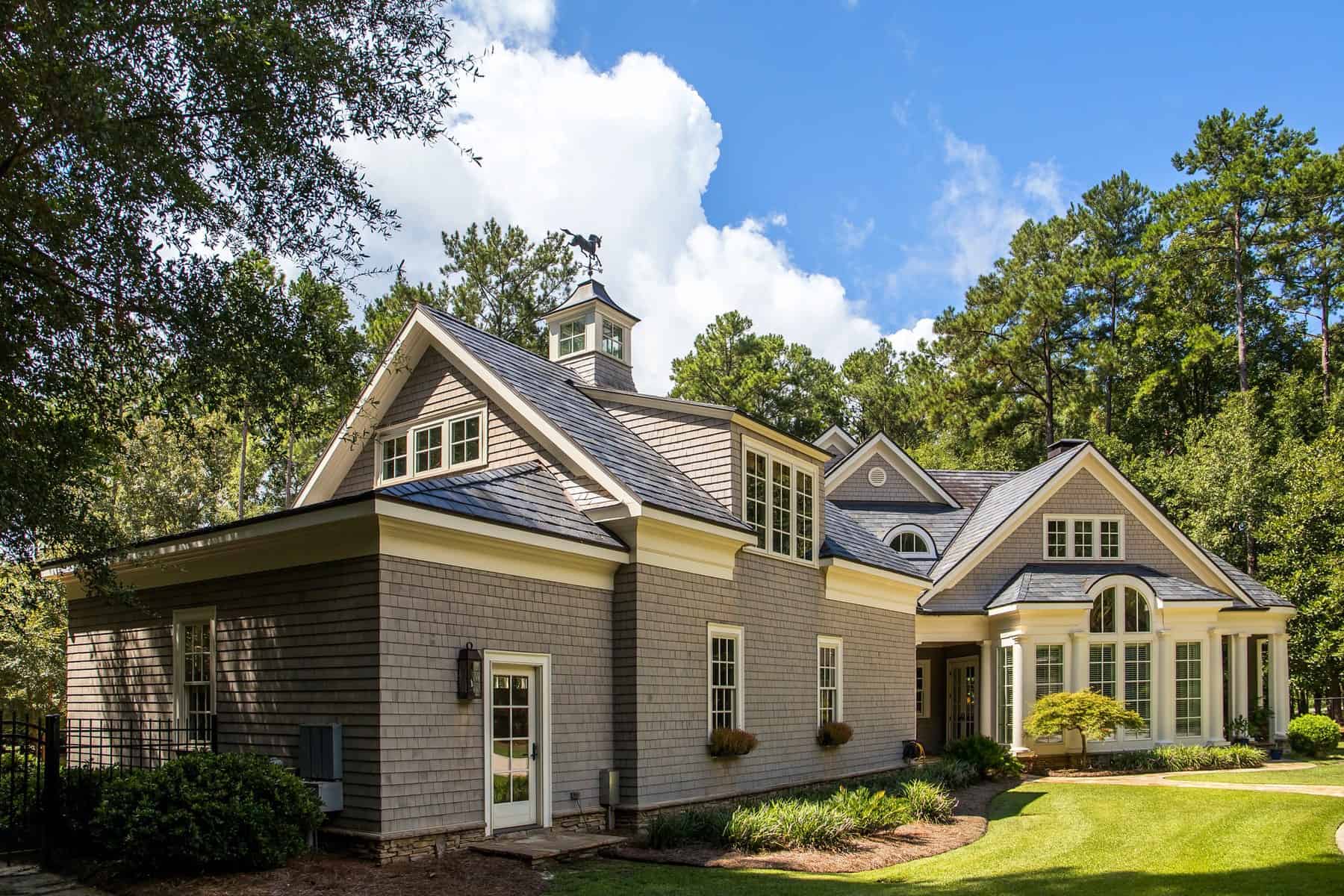Evaluating painting contractor estimates technically means digging into far more than just cost per square foot. You’ll want clarity on the scope, prep requirements, materials selected, labor hours, equipment use, schedule, and warranties. Simply opting for the lowest bid often ignores hidden charges or compromises in quality—leading to premature paint failure.
Many homeowners and property managers are daunted by choosing between contractors due to a lack of technical knowledge. This guide demystifies the process. We’ll explain:
-
Essential estimate components
-
How to assess paint and primer specs
-
Surface preparation expectations
-
Labor and equipment standards
-
Red flags and key questions to ask
-
Warranty and clean-up considerations
By understanding these factors, you can confidently compare contractor quotes, confirm you’re paying for true value, and avoid expensive rework.
Key Components of a Comprehensive Exterior Painting Estimate
Detailed Scope of Work
An estimate should precisely outline what’s included—and importantly, what isn’t. Look for:
-
Measured surface areas: walls, trim, eaves, soffits, fascia, doors, shutters
-
Number of coats: primer, base coat, finish coats clearly defined
-
Access issues: note on limited reach zones or excluded surfaces
-
Material identification: specifying substrates such as wood, stucco, brick, or vinyl
A vague “paint exterior” line leaves too much room for interpretation—and potentially extra costs.
Surface Preparation Description
Thorough prep is non-negotiable. The estimate should detail:
-
Cleaning methods: power washing at specified PSI, chemical cleaning
-
Paint removal: scraping, sanding
-
Repairs: caulking, patching compounds, wood replacement
-
Primer application: substrate-specific type included
Without such detail, assume shortcuts will be made that degrade performance.
Paint Products and Materials Specified
Look for precise specification, not generic descriptions:
-
Paint: brand, line, formulation (e.g., Sherwin-Williams Duration®, 100% acrylic, satin finish)
-
Primer: brand and type (e.g., oil-based, bonding, masonry primer)
-
Paint quantities estimated
-
Ancillary materials: caulk, tape, drop cloths, brushes, rollers, spray equipment
Generic descriptions may conceal lower-quality products.
Labor Breakdown
A clear estimate includes labor details:
-
Labor hours or man-hours expected
-
Crew size and skill level (licensed, certified, experienced)
-
Equipment usage: ladders, scaffolding, lifts, fall protection gear
This helps explain how costs are allocated and ensures proper coverage.
Timeline and Project Schedule
Reliable contractors set realistic expectations:
-
Proposed start and end dates
-
Daily work hours and expected climate conditions
-
Weather contingencies to manage rain or high humidity delays
A schedule ensures you know when progress—or delays—will happen.
Warranty and Cleanup
Estimates should address:
-
Manufacturer paint warranty, often 10+ years for premium paints
-
Contractor workmanship warranty, typically 1–3 years
-
Cleanup procedures: debris removal, masking, lead-safe disposal if needed
These details reflect contractor professionalism and accountability.
Assessing Paint Products and Material Specifications
Paint Type and Quality
Quality has a major impact on longevity:
-
100% acrylic latex is preferred for exterior durability and flexibility
-
Alternatives include alkyd (oil)—better for metal, but less UV resistant—and elastomeric for stucco or masonry
Paint grade affects cost, color retention, chalk resistance, and mildew prevention.
Primer Importance
Primer is not optional:
-
Enhances adhesion, seals porous substrates, blocks stains
-
Ensure matching primer type: masonry primer on stucco, oil primer on bare wood
-
Avoid proposals that skip primer entirely or use cheap, generic alternatives
Primer quality strongly influences final adhesion and durability.
Paint Brand Reputation and Warranty
Trusted brands such as Sherwin-Williams, Benjamin Moore, Behr, and PPG offer manufacturer warranties—typically 10–15 years when applied correctly using their recommended systems. For example, Sherwin-Williams Duration® offers a lifetime limited warranty when used on properly prepared surfaces.
Contractor must follow technical data sheets; improper application voids warranty.
Evaluating Surface Preparation and Repair Details
Cleaning and Surface Prep
Clean surface = long-lasting paint. Estimates should include:
-
Power washing to clear dirt, mildew, and chalk
-
Chemical cleaners (fungicide) for mold/mildew
-
Scraping and sanding to remove loose paint and smooth edges
These tasks are labor-intensive but essential for adhesion.
Repairs Included
Preparation extends beyond cleaning:
-
Caulking joints, seams, nail holes
-
Patching cracks/holes with elastomeric fillers or wood putty
-
Replacing rotten wood or damaged siding
-
Primer on new patches to prevent uneven absorption
Well-detailed repair specifications are hallmarks of a high-quality proposal.
Moisture Testing and Dryness
Painting on damp surfaces accelerates peeling and blistering. Ask if the estimate includes:
-
Moisture meter readings to confirm dryness (e.g., below 15% for wood)
-
Moisture-sensitive substrate identification and protocol
Such attention signals professional standards.
Labor, Equipment, and Project Management Factors
Skilled Labor and Crew Experience
Experienced contractor:
-
Know techniques to avoid runs, drips, and lap lines
-
Adjust methods per surface type
-
Handle specialty paints and primers correctly
Ask about crew certification and training.
Equipment Used
High-quality outcomes often rely on:
-
Airless sprayers for uniform large surface coverage
-
Brushes/rollers for detailed or trim areas
-
Scaffolding, ladders, lifts, fall protection for safety on multi-story homes
Ask if scaffold is included or rented—important cost and safety consideration.
Project Scheduling and Communication
A transparent contractor will:
-
Build in recoat time between coats (e.g., 4–8 hours)
-
Provide updates via calls, texts, or reports
-
Detail change order procedures for additional work
-
Offer weather contingency planning, adjusting as needed
Good communication reduces misunderstandings and stress.
Common Red Flags and Questions to Ask Contractors
Unusually Low Bids
If an estimate is significantly lower than others, find out why:
-
Are prep steps skipped?
-
Are paint brands generic or lower quality?
-
Is labor minimal or inexperienced?
Clarify the scope; you may find missing components.
Lack of Written Details
Vague quotes like “prep and paint” suggest corners may be cut.
Good questions include:
-
What paint brand, line, and sheen?
-
How many coats?
-
Which areas are covered?
H3: No Warranty or Limited Warranty Info
A lack of workmanship warranty signals low confidence. Ask:
-
How long does labor coverage last?
-
What is covered—peel, blister, adhesion?
Pressure to Sign Quickly or Pay Upfront
Beware if they insist on large deposits or immediate signing. Reliable contractors:
-
Use milestone payments (e.g., deposit, halfway, final)
-
Do not pressure you into decisions
Smart Questions to Ask
-
Can you show product data sheets?
-
What is included in surface prep?
-
How do you handle unexpected repairs?
-
What’s your crew’s experience level and size?
-
How will you protect landscaping and property?
-
Do you have references or portfolio examples?
These questions clarify competence and commitment.
People Also Ask (FAQ)
Q1: What should be included in an exterior painting estimate?
It should detail scope (surface areas, coat counts), prep steps, paint/primer brands and quantities, labor hours, equipment, schedule, warranty terms, and cleanup procedures.
Q2: How do I know if contractor’s paint is good quality?
Look for recognized brands (Sherwin-Williams, Benjamin Moore), 100% acrylic formulas, and manufacturer warranties. Request product data sheets.
Q3: Why is surface preparation important before painting?
Prep ensures proper adhesion, prevents peeling or bubbling, and supports longevity. Skipping it compromises the entire paint system.
Q4: Is a lower estimate always a better deal?
No. Low prices often skip essential prep, use poor materials, or rely on unskilled labor, resulting in substandard work.
Q5: How long should an exterior paint job last with proper prep?
With premium paint and thorough prep, expect 7–15 years, depending on climate, surface, and maintenance.
Conclusion
Technical review of painting contractor estimates is essential to ensuring you get fair, transparent service—not just a cheap finish. You want clear information on paint and primer specs, prep and repair protocols, labor detail, equipment used, timeline clarity, and warranty coverage.
Know what quality looks like—and pay for value, not just price. If you’d like a professional review of your estimate or help securing a reliable quote, contact Roll City Painting for expert guidance tailored to your property.







